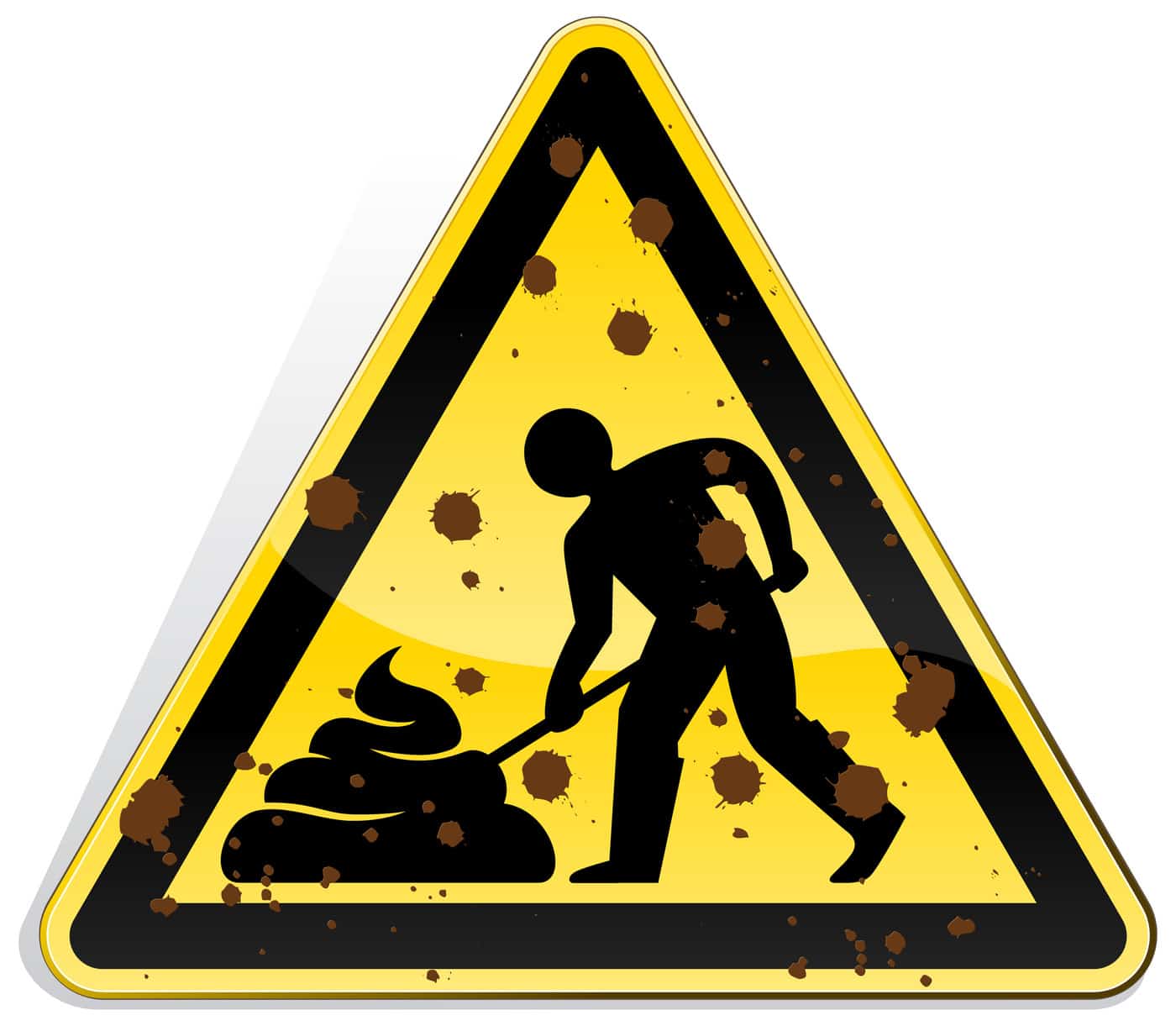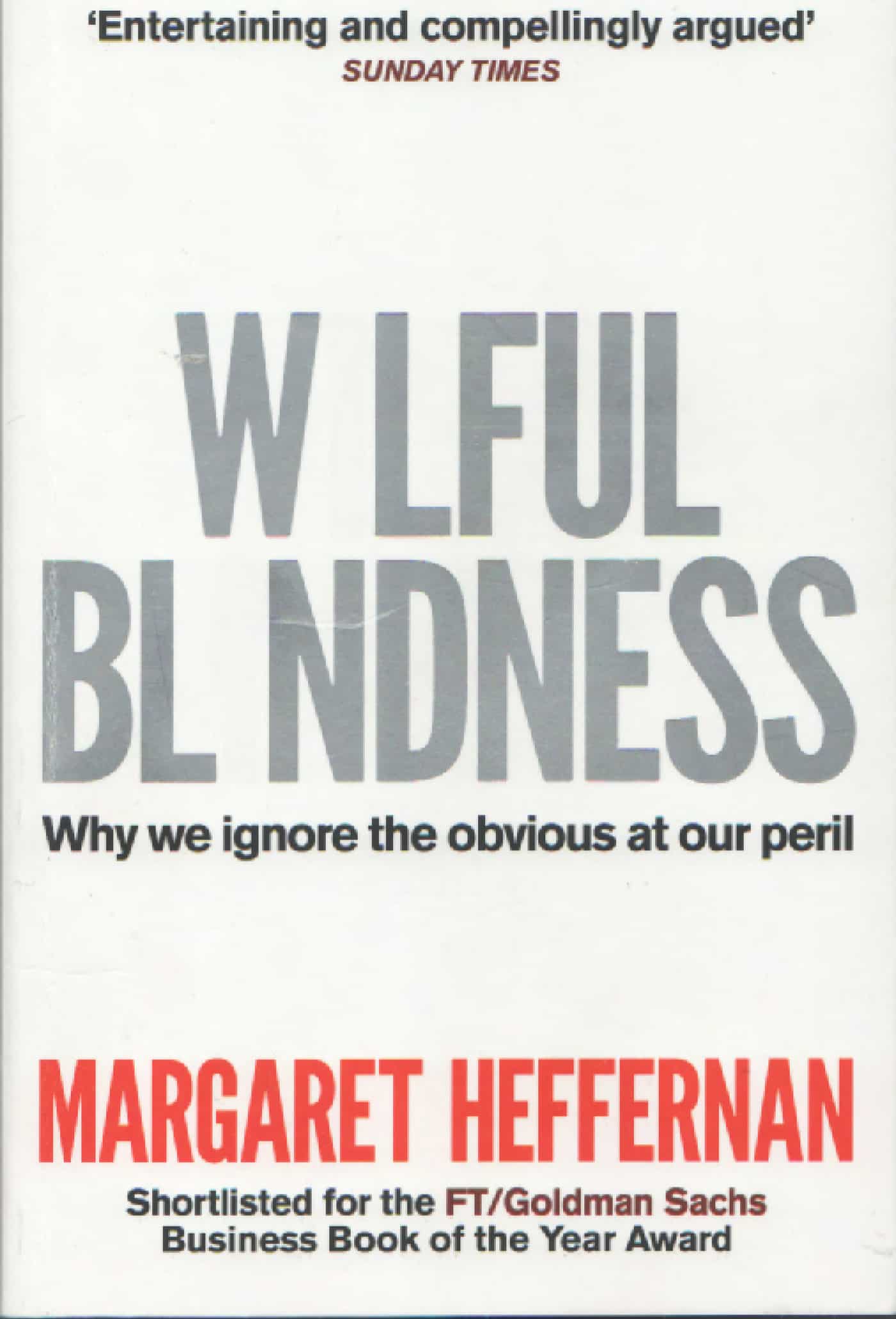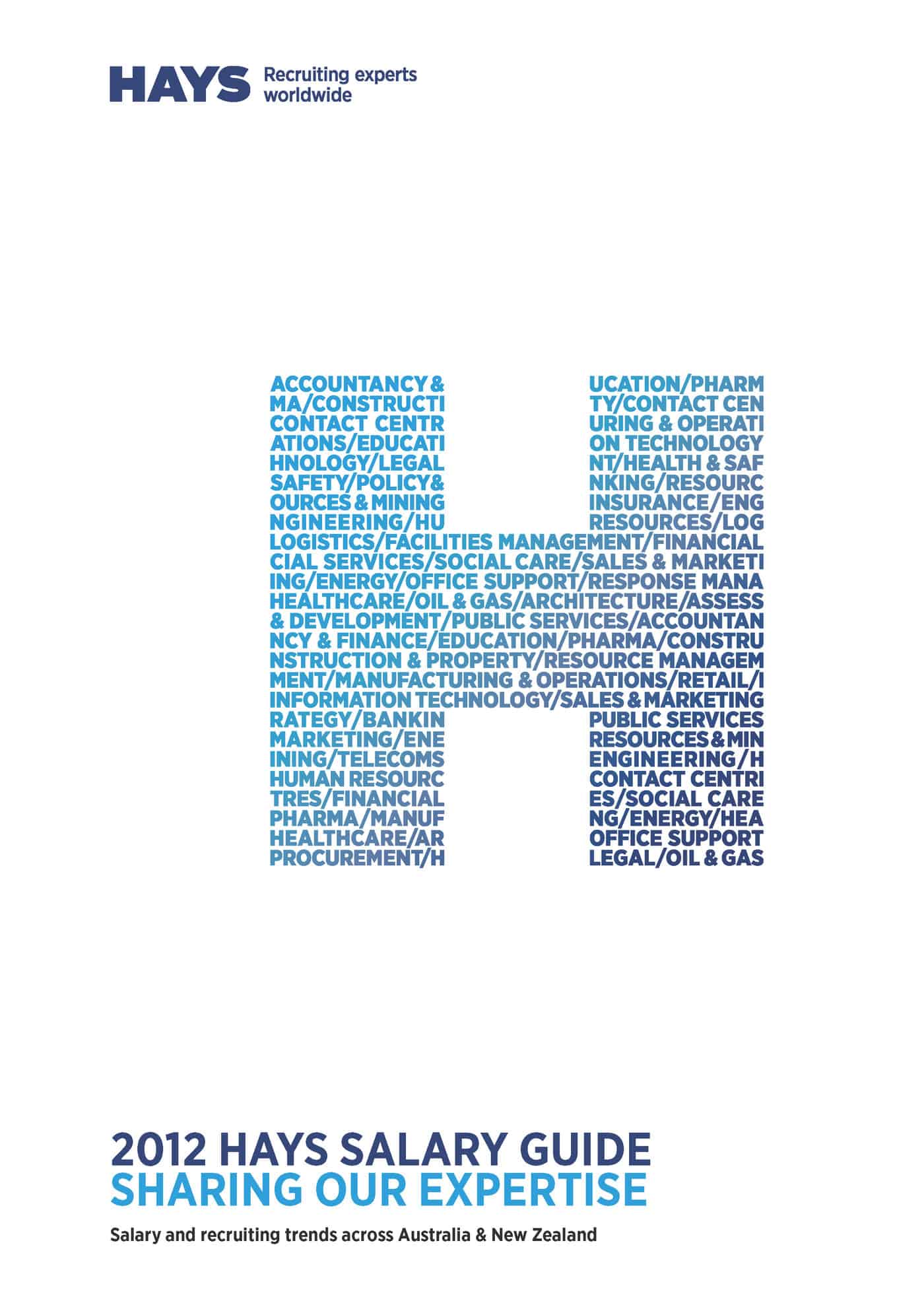Occupational safety advice and incident investigations are peppered with the need to have an improved workplace culture. In some ways, workplace culture is another, and broader, way of saying of “system of work”, a concept that has existed in Australian OHS laws for a long time but never received the prominence of clarity it deserved. But how does one develop an improved workplace culture and system of work? Performance Management seems to be one option.
 Performance management is well established in the human resources (HR) discipline but the OHS implications are just being acknowledged in the safety discipline. The concept has been mentioned several times in the public hearings of Australia’s inquiry into workplace bullying as a positive and potential negative.
Performance management is well established in the human resources (HR) discipline but the OHS implications are just being acknowledged in the safety discipline. The concept has been mentioned several times in the public hearings of Australia’s inquiry into workplace bullying as a positive and potential negative.
According to Associate Professor Robin Kramar (now Professor of Human Resource Management at the Australian Catholic University) of in the 2004/2005 edition of CCH’s Australian Master Human Resources Guide, performance management is
“..a way of encouraging behaviour that supports organisational objectives.” (page 19)
This is particularly relevant to the management and removal of psychosocial hazards that safety professionals are increasingly being called on to address or to assist with. Continue reading “Performance Management may be key to building a safe workplace culture”





